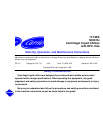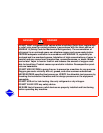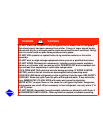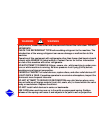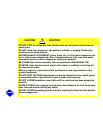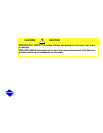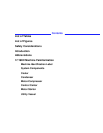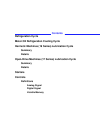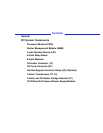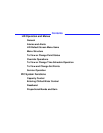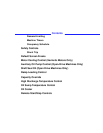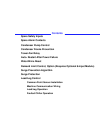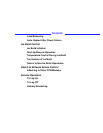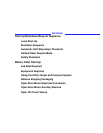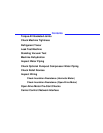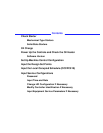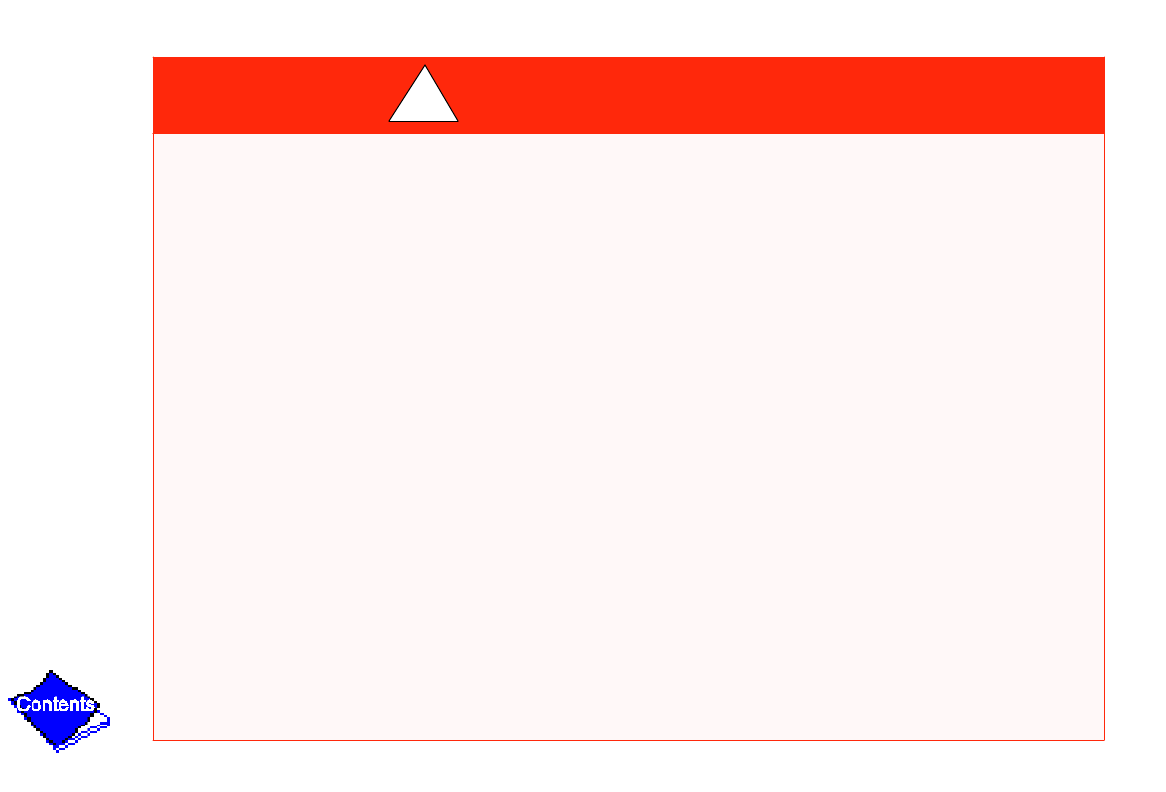
DO NOT WELD OR FLAMECUT any refrigerant line or vessel until all refrigerant
(
liquid and vapor
) has been removed from chiller. Traces of vapor should be dis-
placed with dry air or nitrogen and the work area should be well ventilated.
Refrig-
erant in contact with an open flame produces toxic gases
.
DO NOT USE eyebolts or eyebolt holes to rig machine sections or the entire
assembly.
DO NOT work on high-voltage equipment unless you are a qualified electrician.
DO NOT WORK ON electrical components, including control panels, switches,
starters, or oil heater until you are sure ALL POWER IS OFF and no residual volt-
age can leak from capacitors or solid-state components.
LOCK OPEN AND TAG electrical circuits during servicing. IF WORK IS INTER-
RUPTED, confirm that all circuits are deenergized before resuming work.
AVOID SPILLING liquid refrigerant on skin or getting it into the eyes. USE SAFETY
GOGGLES. Wash any spills from the skin with soap and water. If any enters the
eyes, IMMEDIATELY FLUSH EYES with water and consult a physician.
NEVER APPLY an open flame or live steam to a refrigerant cylinder. Dangerous
overpressure can result. When necessary to heat refrigerant, use only warm (110
F [43 C]) water.
DO NOT REUSE disposable (nonreturnable) cylinders or attempt to refill them. It
is DANGEROUS AND ILLEGAL. When cylinder is emptied, evacuate remaining
WARNING
!
WARNING



